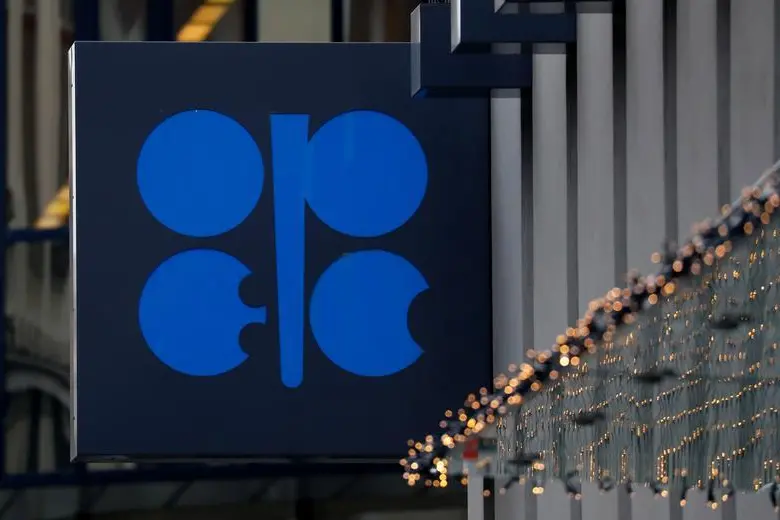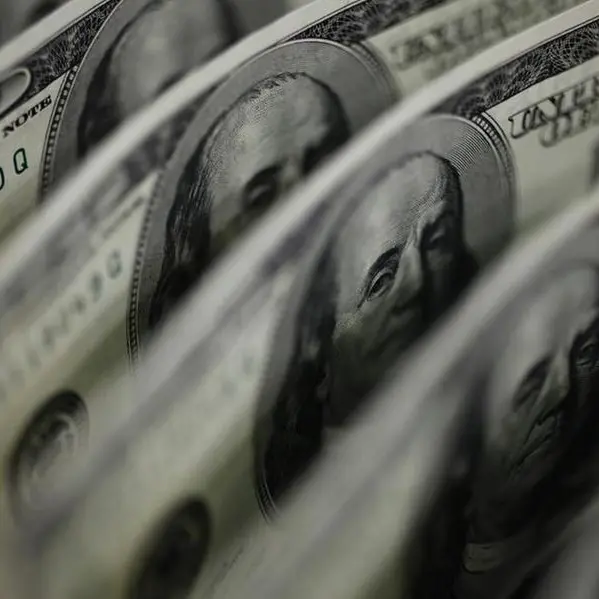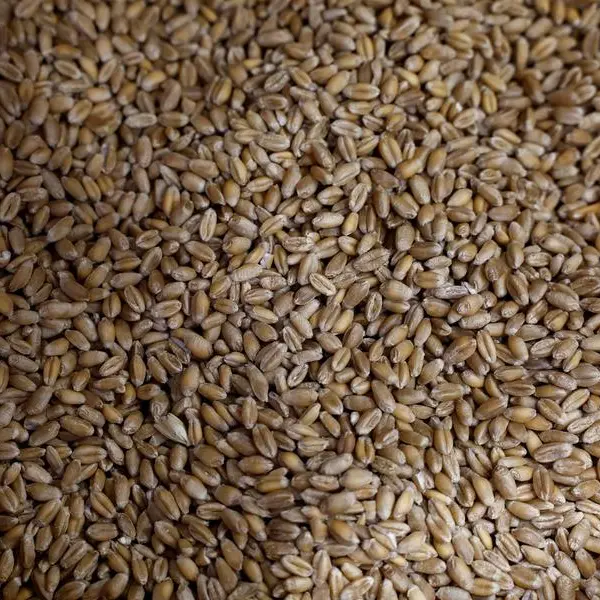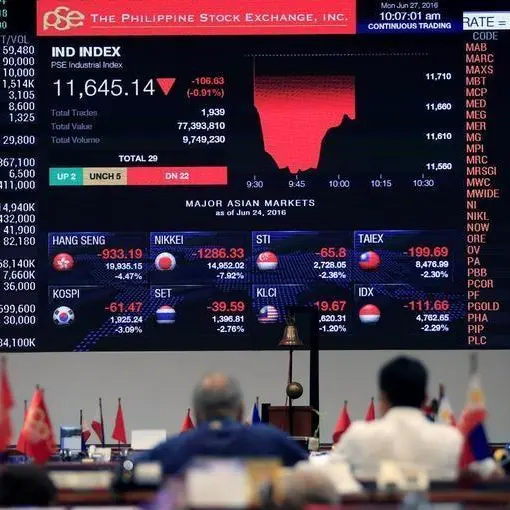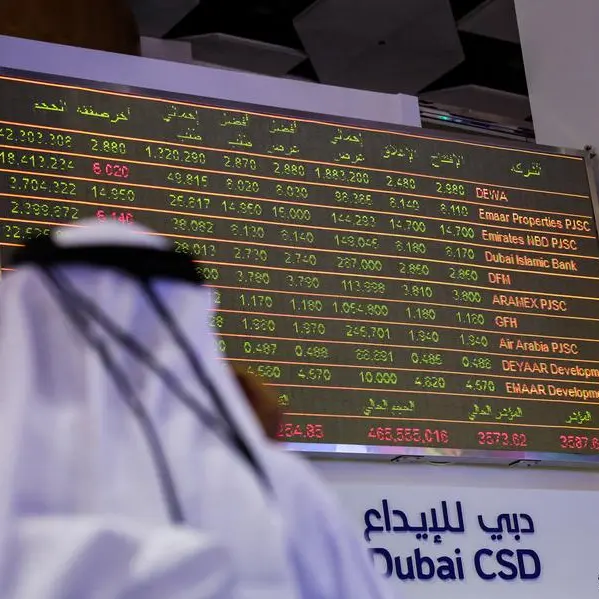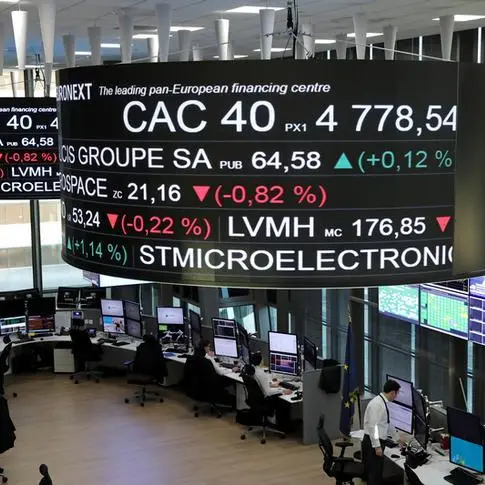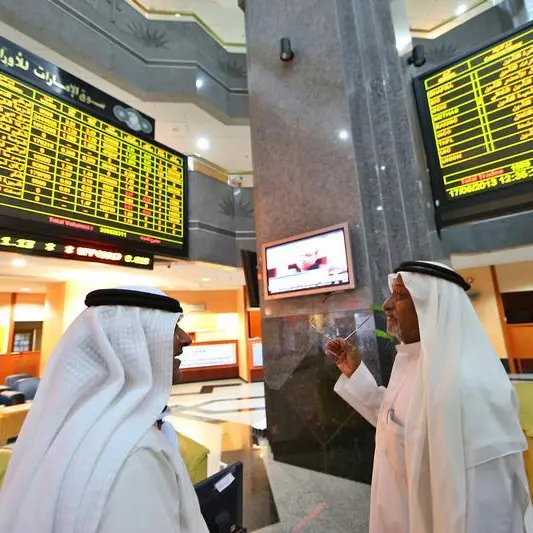PHOTO
It was agreed at the 10th extraordinary OPEC and non-OPEC ministerial meeting on April 12 that another gathering would be held in early June via videoconference.
The purpose of that meeting will be to determine what further action is needed to balance the market.
It follows a relatively successful month for OPEC+, after it steered through the largest output cut in history — equating to almost 10 percent of global supplies — which aimed to balance the market over the medium term rather than seeking a short term fix.
The partial recovery in demand which has been driven by the easing of lockdowns globally has helped the OPEC+ group in its objective, but the big question is whether it will be enough to offset the estimated 20 million barrels of oil demand lost because of the pandemic and the associated impact on transportation.
Brent has been moving in an extremely narrow range (between $30 and $35 per barrel) in May, compared to April when the price plummeted to $16 per barrel.
This recovery, though stark, does not necessarily imply a corresponding improvement in fundamentals despite the fact that OPEC producers have successfully slashed oil output to the lowest level since year 2002.
Over the medium-term, the market needs to see a more tangible impact as the cuts gradually absorb the glut created by demand-sapping lockdowns.
Therefore, OPEC+ producers must consider sustaining record output cuts until the end of this year or extending them for another few months while monitoring market developments.
Easing these cuts from July may even be more of a necessity than an option depending on where sentiment stands.
The latest available data from the Organization for Economic Co-operation and Development (OECD) nations covering commercial oil stocks for the month of March 2020 shows that stocks were then at 88.6 million barrels above the latest five-year average.
Keeping in mind that this month won’t yet reflect the glut of crude oil supplies linked to the pandemic, a big jump in OECD commercial oil stocks is expected for April when that data is published.
Huge challenges lie ahead for OPEC’s medium-term market recovery strategy with many variables to consider from the possible return of lockdowns to the impact of ongoing protests in the US. There is much to consider.
Interestingly, oil prices have edged higher despite the escalation of tensions between the US and China. This narrative, which dominated the market last year before the arrival of the pandemic, will also need to be considered as the group decides on its strategy for the second half of the year. Add to that, global economic concerns, manufacturing data, inventories and output cut compliance, and it is clear that matching planned cuts to perceived outcomes will be no easy task.
Continued OPEC+ consensus is therefore essential to achieve not just oil market balance but global economic stability as well.
• Faisal Faeq is an energy and oil marketing adviser. He was formerly with OPEC and Saudi Aramco. Twitter:@faisalfaeq
Copyright: Arab News © 2020 All rights reserved. Provided by SyndiGate Media Inc. (Syndigate.info).
